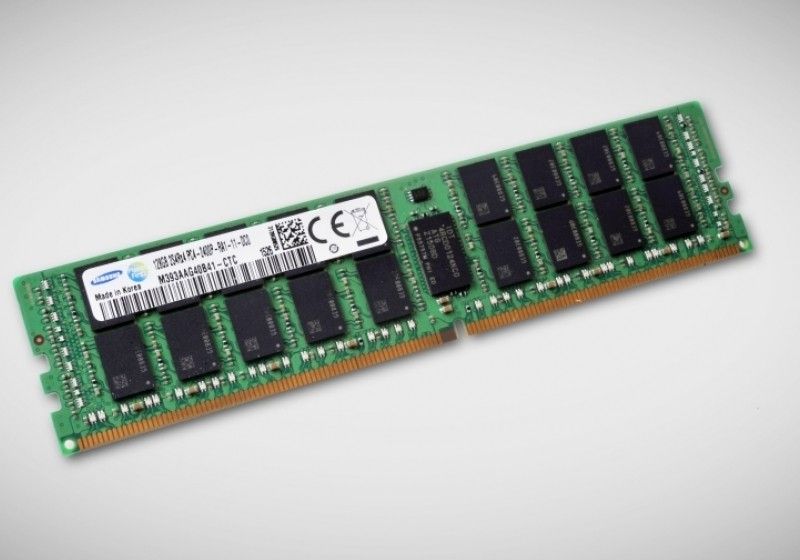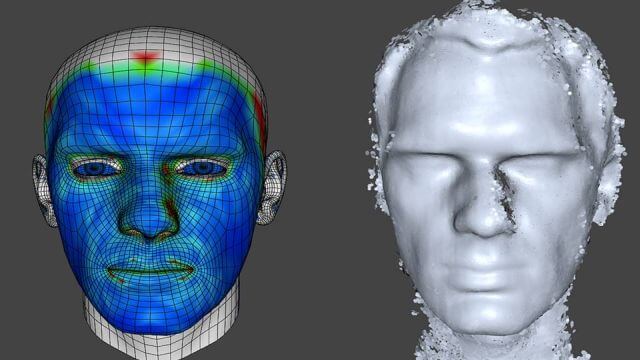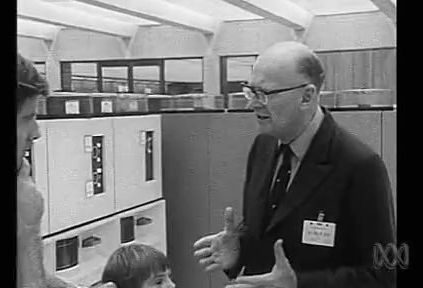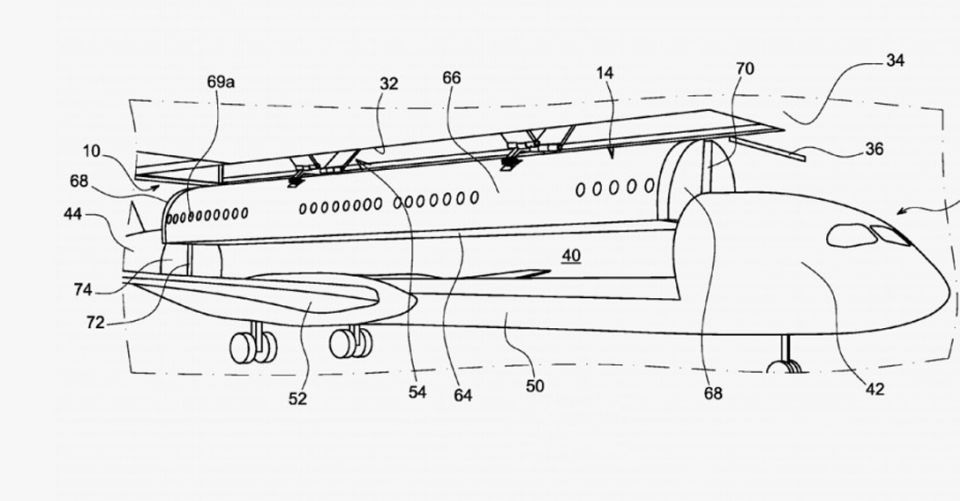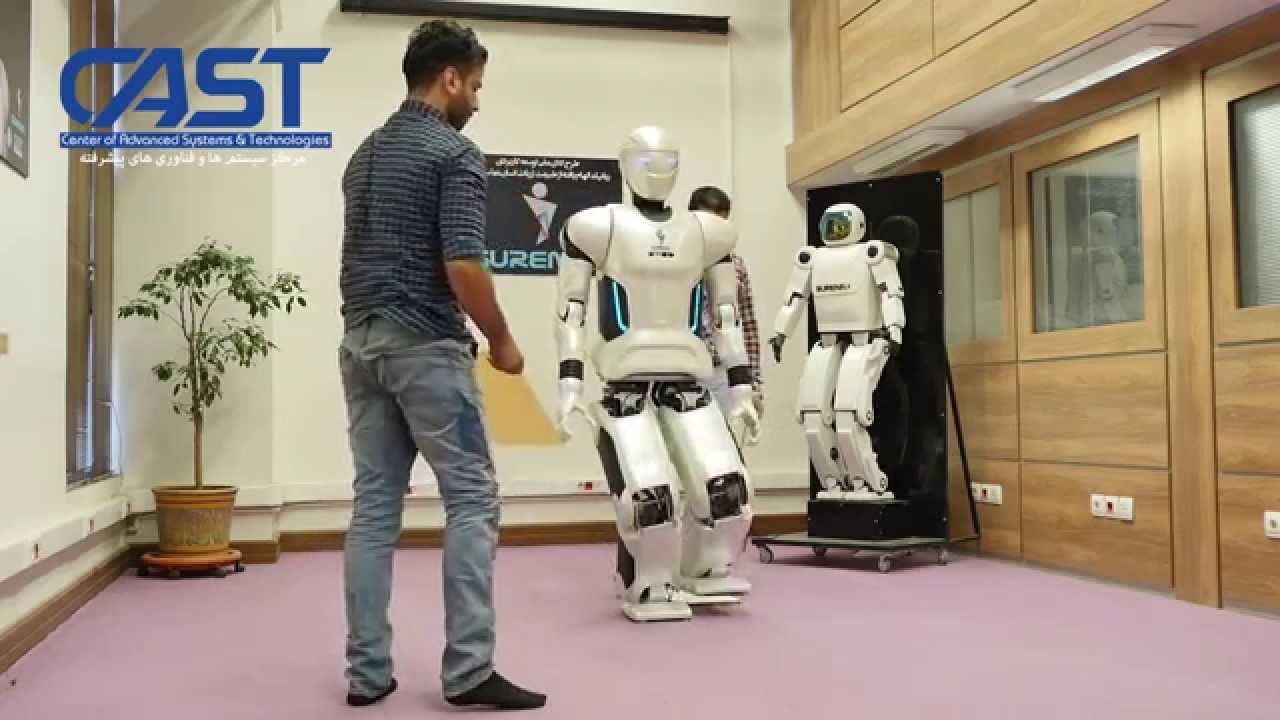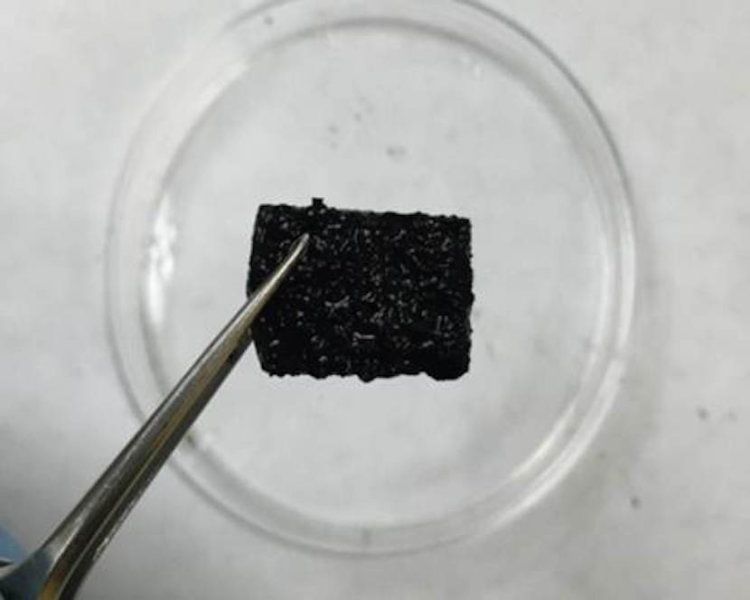Nov 26, 2015
Samsung now mass producing 128GB DDR4 modules using TSV interconnect technology
Posted by Shailesh Prasad in category: computing
Samsung on Thursday revealed it is now mass producing memory modules boasting the largest capacity and the highest energy efficiency of any DRAM module. The 128GB DDR4 sticks in question were made possible by utilizing the through silicon via (TSV) interconnect technique.
Foregoing traditional wire bonding, the TSV technique involves grinding chips down to a few dozen micrometers, piercing them with hundreds of tiny holes and vertically connecting them with electrodes passing through the holes. Although not new, the advanced circuitry does allow for a significant boost in signal transmission.
The 128GB modules are comprised of 144 DDR4 chips arranged into 4GB DRAM packages (18 per side for a total of 36), each containing four 20nm 8Gb chips. Samsung says the modules have a special design in which the master chip of each 4GB package embeds the data buffer function, further optimizing performance and power consumption.
